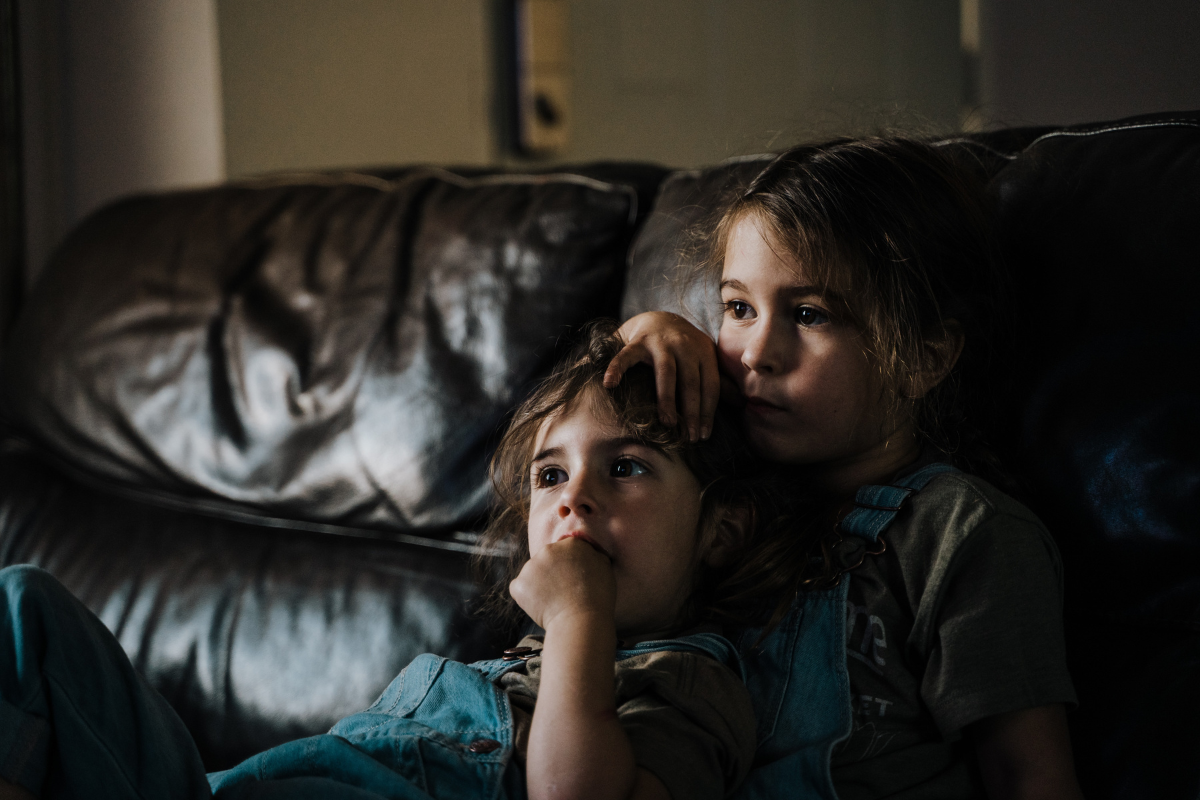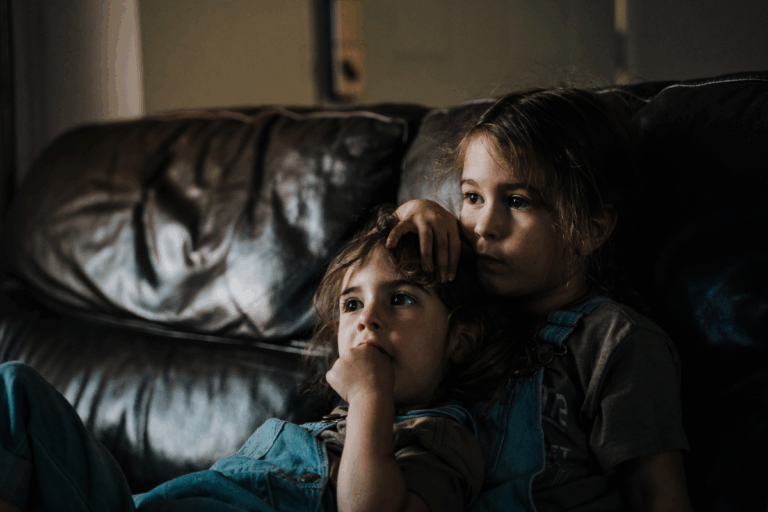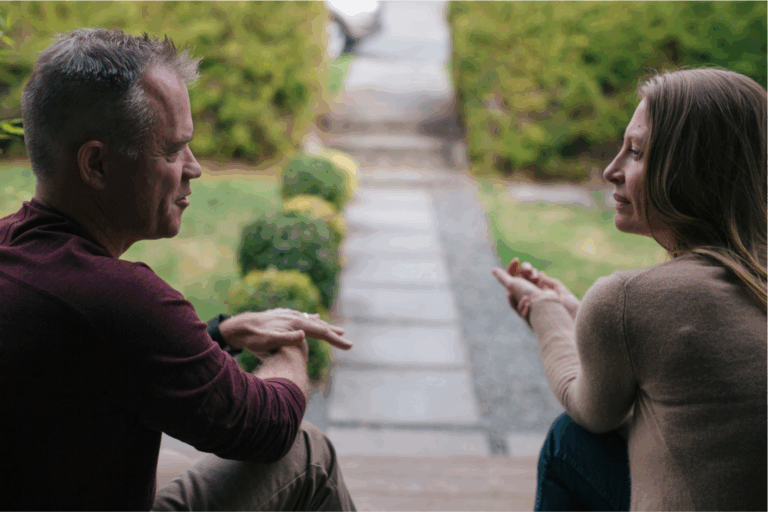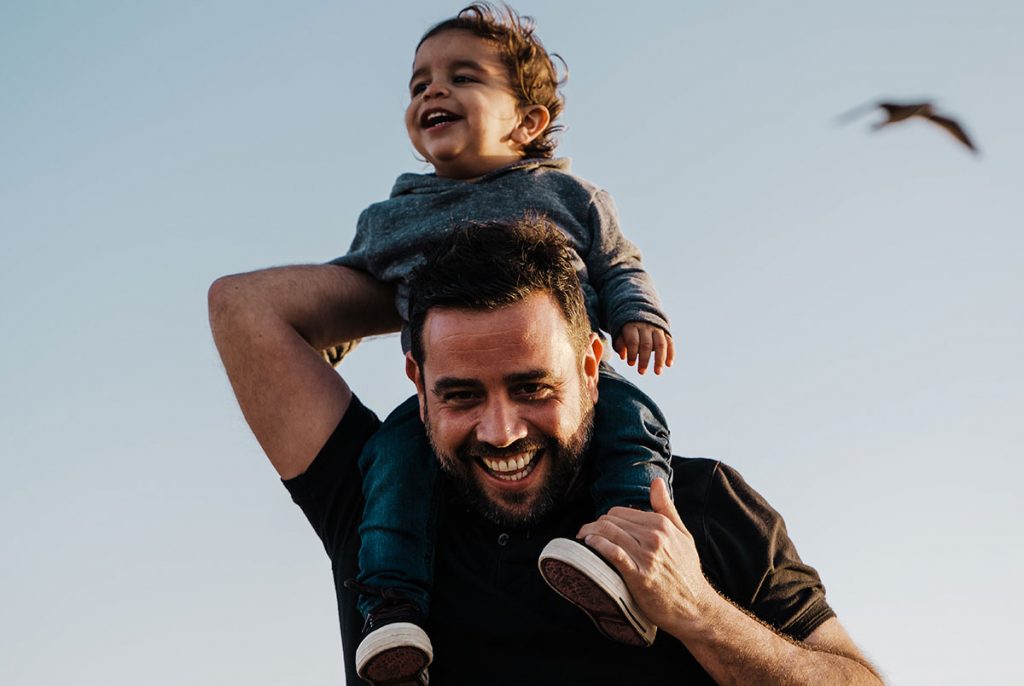We’re learning more about how children experience domestic and family violence, and its serious and long-lasting impacts. There is an increasing need to see and understand children as victim-survivors in their own right, regardless of whether they directly experience abuse, or the abuse is perpetrated against their parent or another family member.
Considering this, it’s vital to be able to recognise the signs of domestic and family violence on children and know how to support their safety.
According to data from the Australian Institute of Health and Wellbeing, one in six women and one in nine men experience physical and or sexual abuse before the age of 15. In Australia, 32% of children have experienced physical abuse and 39.6% of children are exposed to domestic and family violence.
Whether the violence is used against their parent, another family member or themselves, research shows that the direct and indirect impacts of domestic and family violence on children can be serious. It affects their brain development, their relationships, their sense of the world as a safe place, and their ability to trust others close to them. Children of all ages can experience emotional and physical trauma. We also know that children of all ages respond to the abuse they experience. These responses can be subtle or overt, and they all aim to enhance their safety and protect their dignity and autonomy.
What are the impacts of the harm to children exposed to patterns of domestic and family violence?
There are a number of ways children are harmed by exposure to patterns of domestic and family violence:
- Children can be harmed physically, during their mother’s pregnancy, or when a parent is assaulted while holding or protecting a child. Alternatively, they may be injured when trying to intervene to protect a parent. They may also be directly assaulted as a tactic to control them or their parent.
- Children can be harmed when they hear violence or see the consequences of it (bruising, distress, damaged property). Children can also be impacted by the deteriorating health, wellbeing and parenting capacity of the parent who is the victim-survivor.
- Children may be included in the pattern of violence, such as being forced to spy on a parent or participate in assaults or verbal abuse.
- Children may feel, or be made to feel, responsible for the violence. This can be exacerbated when parents separate, and they feel responsible for the conflict that continues around them.
- Children may live in fear of violence, always hypervigilant, watching their parent to sense the mood of the house, to predict an escalation and to plan how to keep themselves, their parent or other family members safe.
- Children can also live in secrecy and shame, which affects their social world. They might not feel safe to bring a friend home from school or share what is happening with anyone outside the home. This can mean that they live in two worlds: the outside world, and the ‘real world’ of fear and confusion.
Recognising the behavioural signs of domestic and family violence in children
We know from extensive research that children are always responding to the abuse that they are experiencing. They can be impacted in the short-to-medium term with various behavioural and emotional problems, compared to other children who have not experienced violence. Sometimes these responses to abuse include heightened aggression, impulsiveness and anxiety, and withdrawing from relationships with peers and people outside the family.
Violence can also have a long-term impact on the development of a child’s brain. Trauma in childhood can be especially harmful because it inhibits the child’s developing sense of self and their coping mechanisms. When children live in a constant state of fear, it can impact the development of neural pathways linked to emotional regulation, feelings of safety and connecting with others.
Every child who experiences family violence will respond in their own way, but there are some common behaviours and signs to look for.
Short-term signs of domestic and family violence in children:
-
Appearing dazed or confused
-
“Regression”, which includes loss of skills already attained. For example, difficulty getting dressed alone or bed-wetting. They may adopt behaviours that are more common in younger children, like thumb-sucking
-
Having specific fears or insecurities that weren’t there before
-
Frequent talk or play about a particular incident
-
Changes in emotions, such as withdrawal, sadness, irritability, anger, or moodiness
-
Increased comfort-seeking or demanding behaviour
-
Separation concerns.
Medium to long-term signs of domestic and family violence in children:
-
A constant need for attention
-
Frequent fighting
-
Possessiveness of toys
-
Seeking out pain
-
Poorer school performance
- Poorer relationships with peers
- Stealing or lying
- Depression
These lists aren’t exhaustive, and even children within the same family can respond in different ways. Similarly, some children may appear to be managing well, despite their experiences.
It’s important to understand that children will always be impacted by experiencing violence at home. What matters most to their ability to thrive in the long term is the support they have around them.
Supporting children’s resilience in the face of violence
Overall, children who experience domestic and family violence are more likely to face emotional and relational challenges. But the small piece of good news is that most children who experience domestic and family violence will go on to thrive as adults.
While an individual child’s personal attributes play a role in how resilient they are to the impacts of domestic and family violence, we also know that having a supportive adult in the family plays a key role. This might be their protective parent (the parent who isn’t using violence); another family member like a grandparent, aunty or uncle; or someone in their social network outside the family – especially a reliable adult who lives within walking distance.
If a child you know is experiencing domestic and family violence, you might not be able to stop the violence, but you can try to be a supportive, consistent person for them to turn to.
How to speak to a child impacted by domestic violence
As adults, we may try and protect children by not talking to them about their experiences with domestic and family violence. However, what we know is that children generally want and need to talk about what has happened to them.
Children who have experienced violence will often disclose small parts of their story over time, rather than talking about everything all at once. By being reliable and consistent, you can create a foundation of trust for a child to talk to you, as they start to feel ready and able.
How you have conversations with children will depend on their age and your relationship with them, but there are some good principles to remember:
- Make sure the child is in a safe place before raising your concerns with them
- Remain calm – they need to know that they can trust you to remain safe and predictable when they tell you things
- Don’t rush them to tell you more, let them go at their own pace
- If you need to take action to protect their safety, let them know your plans
- Don’t make promises you can’t keep.
Of course, there may be limits to speaking with a child openly about domestic and family violence. The person using violence may deliberately prevent the other parent or adult family members from helping or use psychological abuse to make the protective parent feel they are helpless in the situation.
The person using violence is responsible for the harm they’re causing to their children. If you are a parent experiencing violence who is being prevented from helping your child, think about whether there are any other supportive adults around them that they could turn to.
Getting help for children experiencing domestic and family violence
If you believe that a child is at risk of significant harm, you may need to consider making a child protection report by calling the Child Protection Helpline on 132 111. If you aren’t the child’s parent or carer, tell the child’s protective parent before you make the report, if possible.
Services such as 1800 RESPECT can also provide support and advice to those who are experiencing domestic violence, including parents with children. In an emergency, always call 000.






